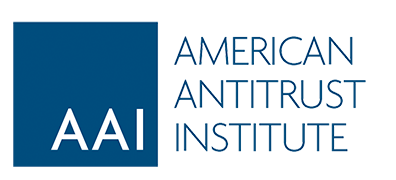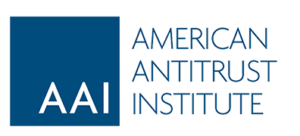As advocated by the American Antitrust Institute (AAI), the California Supreme Court issued a ruling on May 7 adopting a “structured” rule of reason favorable to plaintiffs litigating the lawfulness of pharmaceutical reverse-payment settlements under California law.
“This is an important victory for consumers in the battle over reverse-payment settlements and should have positive implications for cases brought under federal antitrust law,” said the AAI Vice President and General Counsel Richard Brunell.
A reverse-payment settlement is a settlement whereby a brand manufacturer pays a substantial sum to a generic challenger to drop its patent challenge and stay out of the market for a period of time. The Federal Trade Commission has found that such settlements cost consumers and governments billions of dollars in higher drug costs.
In a suit brought by indirect purchasers under California’s Cartwright Act, the Court adopted and refined the rule of reason set forth by the U.S. Supreme Court in FTC v. Actavis. Specifically, the California high court held that plaintiffs could establish a prima facie antitrust violation by showing that a patent settlement limited the generic challenger’s entry in the market, and that the brand manufacturer made a payment to the generic in excess of the brand’s expected remaining litigation costs and the value of any collateral goods and services provided by the generic to the brand.
The Court explained, “If a brand is willing to pay a generic more than the costs of continued litigation, and more than the value of any collateral benefits, in order to settle and keep the generic out of the market, there is cause to believe some portion of the consideration is payment for exclusion beyond the point that would have resulted, on average, from litigating the case to its conclusion.”
Importantly, the Court instructed that “considerable caution is in order in evaluating settlements that include side agreements for generic products or services,” because these agreements may be largely pretextual. Moreover, the Court made clear that a payment need not be cash to be illegal, and courts “should not let creative variations in the form of consideration result in the purchase of freedom from competition from escaping detection.”
While placing the burden of proof in establishing a prima facie case on plaintiffs, the Court placed on defendants the burden of coming forward with evidence of avoided litigation costs and the value of collateral products and services. The Court allowed that defendants could seek to prove a procompetitive justification, but the ultimate patent merits were irrelevant; rather, defendants would have to show that the settlement resulted in entry sooner than the expected remaining life of the patent viewed ex ante. The Court was skeptical of justifications based on the brand manufacturer’s risk aversion because, it said, the instances in which risk aversion will produce an efficient settlement are likely to be exceedingly rare.
The Court explained that the rule it adopted “is in harmony with Actavis, which offered only broad outlines and explicitly left to other courts the task of developing a framework for analyzing the anticompetitive effects of reverse payment patent settlements.” Accordingly, the Court’s decision should be persuasive authority for federal courts’ applying Actavis.
Media Contact:
Richard Brunell
rbrunell@antitrustinstitute.org
202-600-9640


